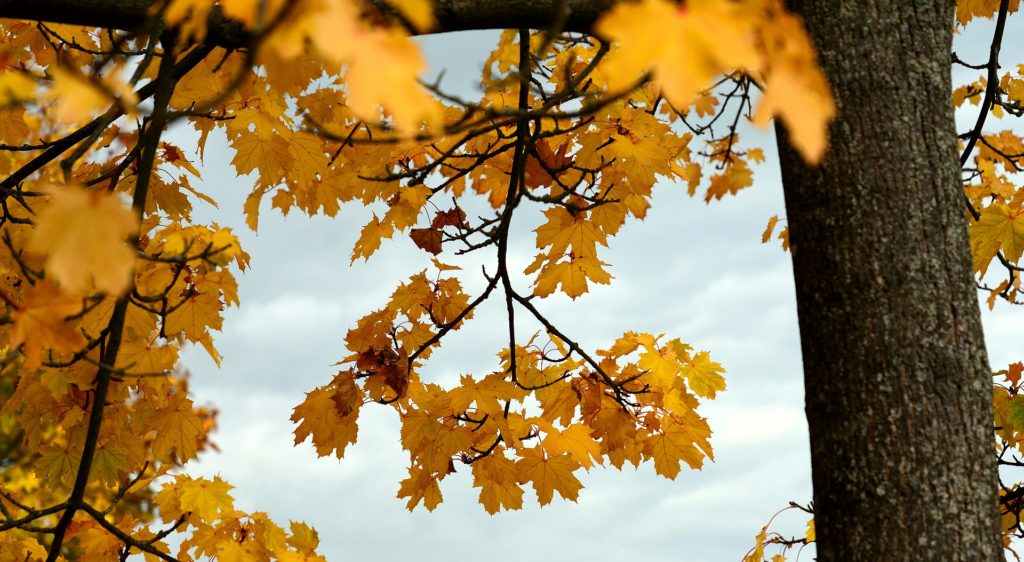The Sugar Maple tree is one of the most ubiquitous tree species in Canada. Not only is it on the Canadian flag, but it also produces one of our most infamous products – maple syrup. Sugar maple trees are just one of ten maple tree species that are native to Canada and have played a significant role in shaping our national identity and beautiful landscapes.
The sap from a sugar maple tree has twice the sugar content as sap from other maple species, making it a favourite for producing maple syrup in the autumn. Sugar maple wood is also highly desirable, as it is strong, shock resistant, and has a beautiful grain.
If you live in Ontario, you likely see dozens of sugar maples per day and may even feature a few on your property. Knowing how to care for your sugar maples can help ensure they live a long, healthy life and provide you with all the benefits they can.
How Can I Identify a Sugar Maple?
Sugar maples are typically large trees that can grow up to 35 metres tall and 1 metre across. Their canopy can be over 24 metres wide at maturity. They can live for over 200 years with some being known to be over 400 years old.
Its yellowish-green leaves are 8 to 20 centimetres long with five lobes. In the fall, the leaves turn yellow, orange, and red. Its bark is smooth and grey and can become darker and split into ridges that curl out as the tree ages.
Seeds from the sugar maple are contained in green “keys”, which many children may know as “helicopters”. Seed is produced every year with an abundant crop on a 7 year cycle.
Where are Sugar Maples Found?
Sugar maples are native to Canada and can be found across Central and Southern Ontario. They grow best in a slightly cooler climate and so can be found across the province.
How Can I Best Care for a Sugar Maple on My Property?
In the right conditions, caring for a sugar maple tree is very simple. They are extremely shade tolerant and can live below a canopy for many years unbothered.
When planting a sugar maple, there are a few tips to keep in mind:
- They prefer moist soil
- They grow better when they get full sun but are shade tolerant
- They prefer deep and rich soil
- They prefer soils with low lime content (particularly on the Canadian Shield)
- Its roots are deep and wide spreading, so it is important to plant them away from foundations or underground utilities
- They are susceptible to road salt, so they should be planted away from roads, walkways, or driveways that are regularly salted in the winter
Ensure your sugar maple has moist soil during the summer or times with low rainfall to keep it healthy by watering it regularly at the base of the trunk and the surrounding area where the roots will be widespread.
Common Problems Affecting Sugar Maple Trees
Sugar maple trees are susceptible to a number of diseases and insects that are present in Ontario’s forests, including:
- Bruce spanworm
- Forest tent caterpillars
- Gypsy moth
- Armillaria ostoye root disease
- Eutypella canker
- Hardwood trunk rot
- Tar spot
- Maple leaf spot
- Heart rot
- Maple bladdergall mite
- Maple leafblotch miner
- Maple leafcutter
- Sugar maple borer
Each disease and insect has its own impact on sugar maples and can make the tree more susceptible to other diseases, weather, salt, and shade. If your sugar maple tree has blotchy leaves, a tar-like substance on the trunk, a significant amount of dead branches, or is not budding, it may be infested or infected.
If you suspect your sugar maple tree is unhealthy, contact P & A Urban Forestry. Our Certified Arborist can diagnose your tree and provide recommendation on treatment or if removal is necessary.
